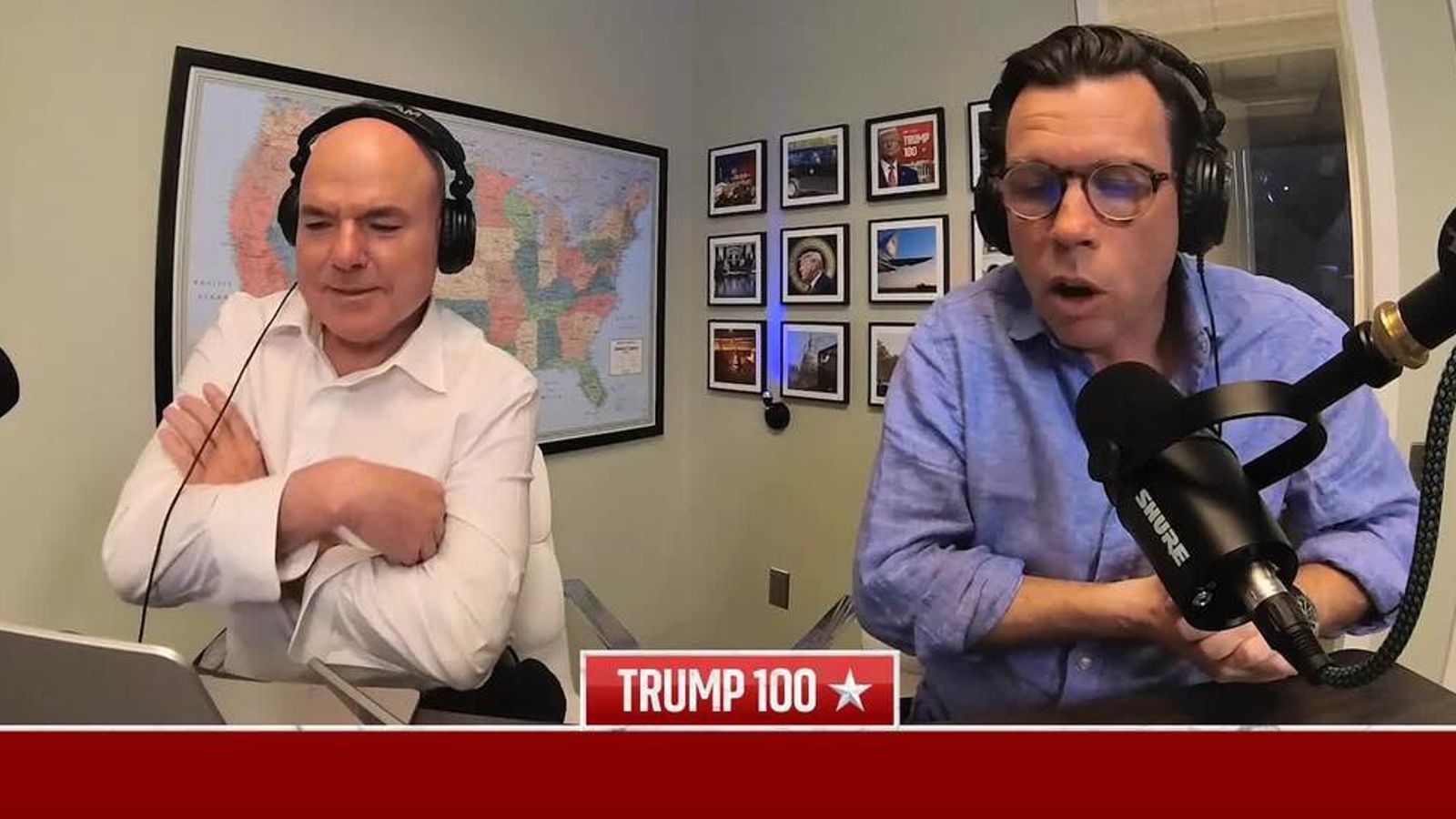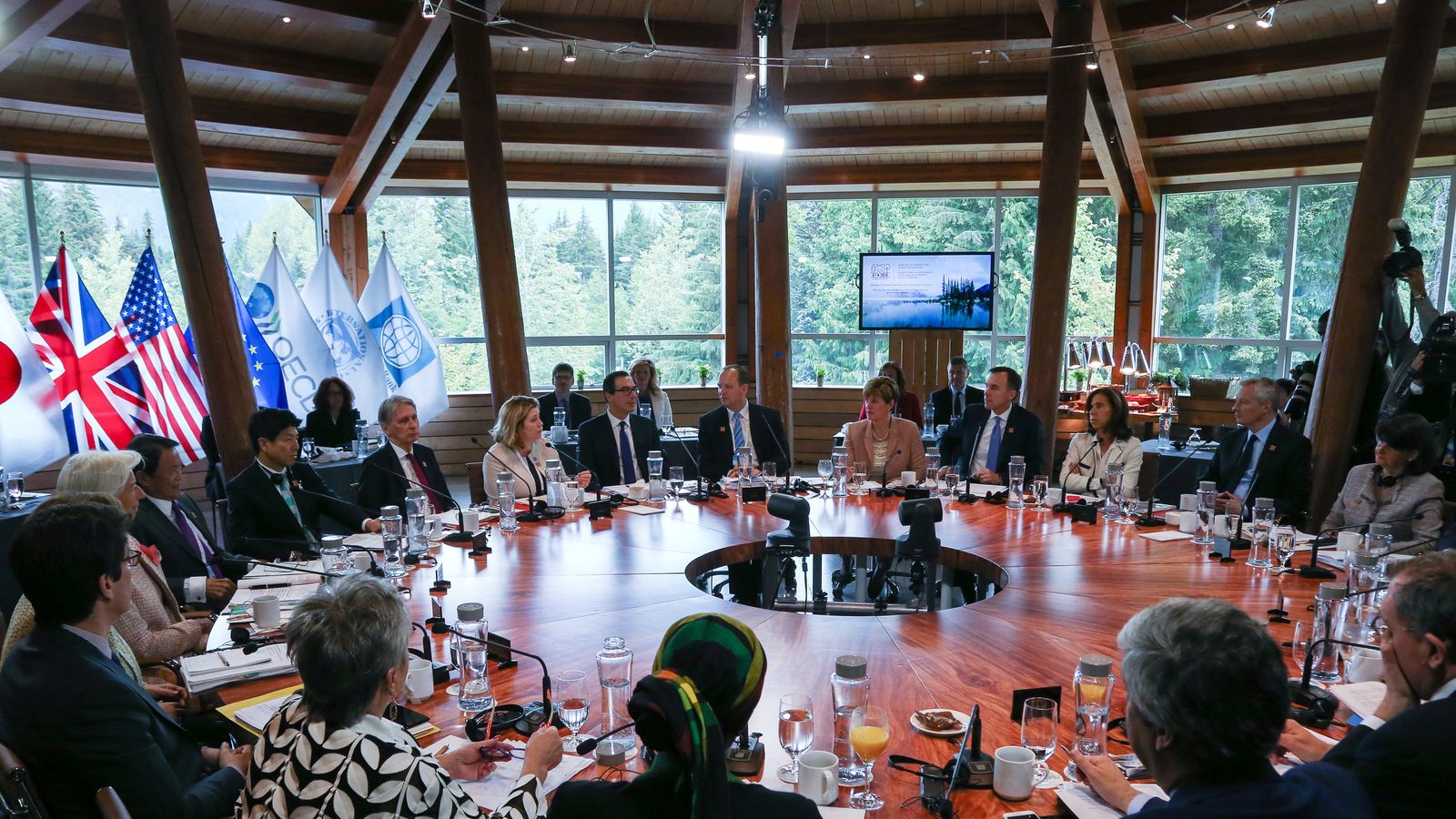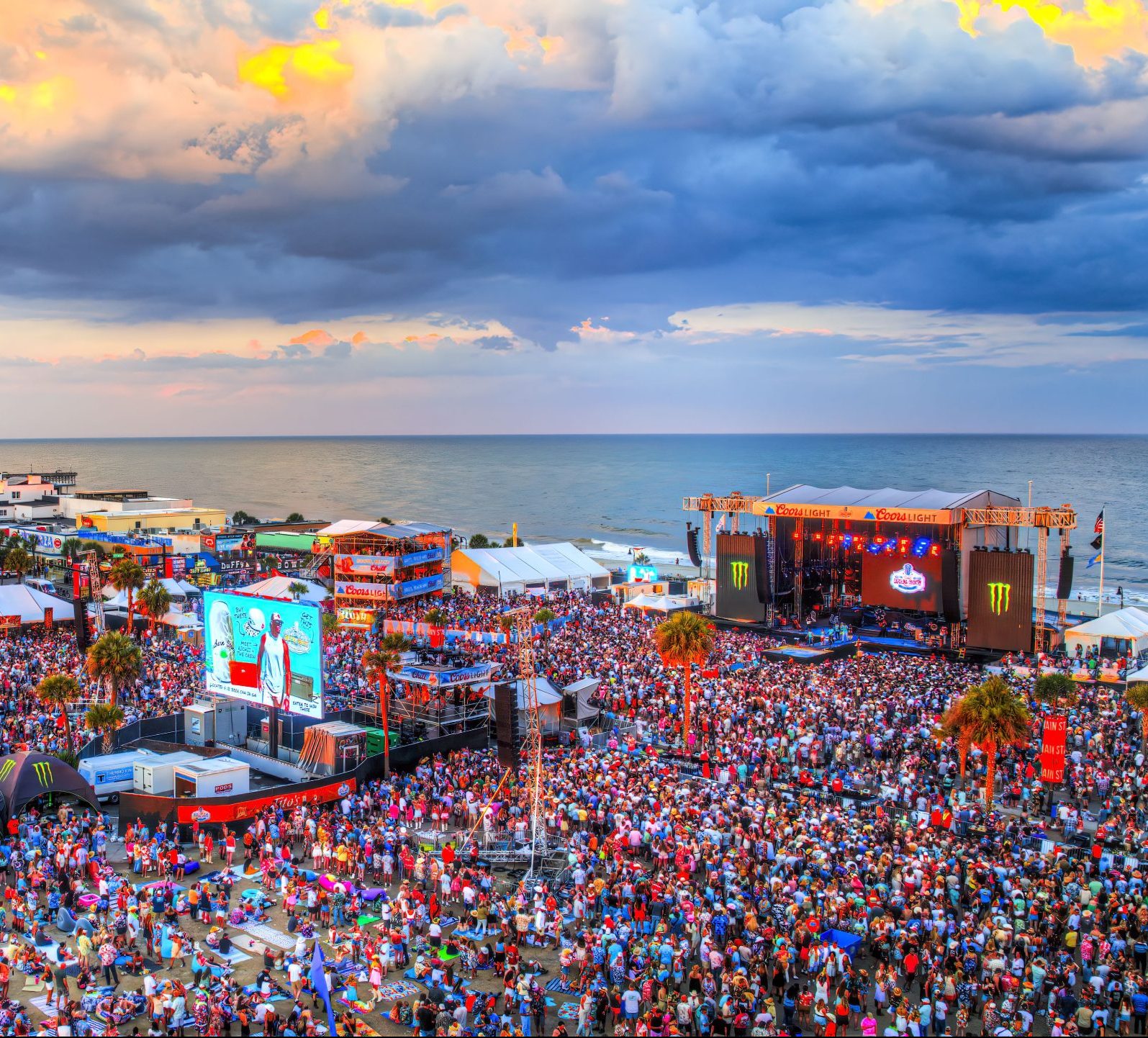The Rise And Fall Of Black Lives Matter Plaza: A Washington D.C. Story

Table of Contents
Keywords: Black Lives Matter Plaza, Black Lives Matter Movement, Washington D.C., BLM Plaza, DC Street Rename, Street Art, Political Protest, Social Justice Movement.
The renaming of a section of 16th Street NW in Washington D.C. to Black Lives Matter Plaza in 2020 was a powerful moment, a visible testament to the burgeoning Black Lives Matter movement. This bold act, painted across the street in vibrant yellow letters, quickly became a globally recognized symbol. But this article explores the surprisingly short-lived existence of Black Lives Matter Plaza, examining its creation, its profound significance, and its eventual return to its original name, offering a nuanced look at a pivotal moment in recent American history.
The Birth of Black Lives Matter Plaza: A Moment of National Reflection
The Catalyst: George Floyd's Murder and Nationwide Protests
The murder of George Floyd on May 25, 2020, ignited a firestorm of protests across the United States and around the world. Floyd's death, captured on horrifying video, became a stark symbol of systemic racism and police brutality against Black people. This sparked a renewed and amplified wave of activism within the Black Lives Matter movement.
- Nationwide protests: Millions took to the streets, demanding justice for Floyd and an end to police brutality.
- Increased awareness of police brutality: The protests brought unprecedented attention to the disproportionate number of unarmed Black people killed by law enforcement.
- Calls for racial justice: The movement's demands extended beyond police reform, encompassing systemic changes in areas like education, housing, and the justice system.
The District's Response and the Decision to Rename 16th Street
In response to the widespread demonstrations and the urgent calls for racial justice, the District of Columbia, under Mayor Muriel Bowser, took a significant step. On June 5, 2020, Bowser announced the renaming of a two-block stretch of 16th Street NW, a major thoroughfare leading to the White House, to Black Lives Matter Plaza. The decision was largely praised as a powerful show of solidarity.
- Mayor Muriel Bowser's role: Bowser's proactive decision was seen as a bold and symbolic gesture.
- Public opinion: While largely supported, the decision also drew some criticism, highlighting the complexities of the issue.
- The speed of the renaming process: The swift renaming underscored the urgency and intensity of the moment. The official renaming ceremony further solidified this important symbolic gesture.
Black Lives Matter Plaza as a Site of Expression and Gathering
Black Lives Matter Plaza quickly became more than just a street name; it transformed into a vibrant hub for expression, remembrance, and continued activism. The large yellow lettering itself served as a powerful visual statement, but the plaza also became a canvas for murals, memorials, and ongoing protests.
- Examples of artwork: Numerous artists contributed murals and street art reflecting the movement's themes and demands for justice.
- Memorials: The plaza served as a space for remembering victims of police brutality and celebrating Black culture.
- Protests: The plaza remained a site for organized protests and demonstrations throughout the summer and beyond, continuing to amplify the movement's voice.
The Impact and Significance of Black Lives Matter Plaza: A Symbol of a Movement
National and International Attention
The renaming of 16th Street garnered significant national and international attention. The plaza became a visual representation of the movement's global reach and impact.
- Media reports: News outlets worldwide covered the creation and significance of Black Lives Matter Plaza.
- Social media trends: The plaza's image quickly became a widely shared symbol on social media platforms.
- Global discussions on racial justice: The plaza served as a focal point for discussions about racial justice issues around the globe.
Black Lives Matter Plaza as a Catalyst for Dialogue
The existence of Black Lives Matter Plaza sparked a wide range of conversations and debates within the United States. The plaza became a space for reflection and dialogue, highlighting both support and opposition to the movement.
- Supporting arguments: Many viewed the renaming as a necessary acknowledgment of the systemic issues and the importance of the Black Lives Matter movement.
- Opposing arguments: Others criticized the decision, raising concerns about the appropriateness of renaming streets and the potential for political division.
- Diverse perspectives: The discussions surrounding the plaza reflected the diverse perspectives within American society on race, equality, and political expression.
The Plaza's Role in Shaping the Narrative of the BLM Movement
Black Lives Matter Plaza significantly contributed to the narrative and impact of the Black Lives Matter movement. It served as a physical manifestation of the movement’s goals and demands for systemic change.
- Long-term effects on the movement: The plaza's creation and visibility helped to sustain the momentum of the movement in the months following George Floyd's murder.
- Shifts in public opinion: The discussions surrounding the plaza helped to shape and evolve public understanding of the movement's goals and issues.
- Policy changes: While not directly resulting in legislative changes, the plaza's existence served as a reminder of the movement's ongoing struggle for systemic reform.
The Demise of Black Lives Matter Plaza: A Shifting Political Landscape
The Changing Political Climate and Backlash
By late 2020, the political climate shifted. The initial outpouring of support for the Black Lives Matter movement began to wane in some quarters. This change, coupled with other political pressures, contributed to the eventual decision to revert the street's name.
- Political pressures: The decision to remove the designation was influenced by political pressure from those who opposed the movement and the renaming.
- Public opposition: Although the initial support was high, public opinion later became divided.
- Shifting priorities: As other political issues gained prominence, the focus on the Black Lives Matter Plaza diminished.
The Removal of the Street Painting and its Symbolism
The removal of the "Black Lives Matter Plaza" street painting was itself a highly symbolic act. The repainting of 16th Street back to its original name was seen by many as an erasure of a significant moment in the fight for racial justice.
- Methods used to remove the paint: The process of removing the paint, while relatively straightforward, became another point of contention and fueled further discussion.
- Public reaction to the removal: The removal elicited strong reactions from those who viewed it as a step backward in the fight for racial justice.
The Legacy and Continued Relevance
Despite its short lifespan, Black Lives Matter Plaza left an indelible mark. While the physical manifestation is gone, the memory and symbolism of the plaza continue to hold significance within the broader context of the ongoing struggle for racial justice.
- Continued activism: The fight for racial justice continues, fueled in part by the events and discussions surrounding the plaza.
- Ongoing conversations about racial justice: The plaza serves as a potent reminder of the necessity for continuous dialogue and action to address systemic racism.
- How the memory of the Plaza is being preserved: The story of Black Lives Matter Plaza is being documented and remembered through various media, ensuring its legacy endures.
Conclusion
Black Lives Matter Plaza, though short-lived, served as a powerful symbol of the Black Lives Matter movement and the fight for racial justice in the United States. Its creation and subsequent removal reflect the complex and ever-evolving political and social landscape. The plaza's legacy extends beyond its physical existence, representing a pivotal moment in a continuous struggle for equality. To learn more about the ongoing fight for racial justice and the lasting impact of movements like Black Lives Matter, explore further resources on the Black Lives Matter movement and continue the conversation about achieving racial equality. Understanding the history of initiatives like Black Lives Matter Plaza is crucial in furthering this important cause.

Featured Posts
-
 Porsche Macan Rafbill Eiginleikar Og Taekni
May 25, 2025
Porsche Macan Rafbill Eiginleikar Og Taekni
May 25, 2025 -
 G7 Finance Ministers Ignore Looming Tariffs In Final Statement
May 25, 2025
G7 Finance Ministers Ignore Looming Tariffs In Final Statement
May 25, 2025 -
 Carolina Country Music Fest 2025 A Complete Sellout
May 25, 2025
Carolina Country Music Fest 2025 A Complete Sellout
May 25, 2025 -
 En France La Chine Et La Censure Des Voix Critiques
May 25, 2025
En France La Chine Et La Censure Des Voix Critiques
May 25, 2025 -
 Jack Draper Triumphs Indian Wells Masters 1000 Champion
May 25, 2025
Jack Draper Triumphs Indian Wells Masters 1000 Champion
May 25, 2025
Latest Posts
-
 Descubriendo Roc Agel La Historia Detras De La Finca Grimaldi
May 25, 2025
Descubriendo Roc Agel La Historia Detras De La Finca Grimaldi
May 25, 2025 -
 La Reina Charlene De Monaco Como Llevar Lino En Otono
May 25, 2025
La Reina Charlene De Monaco Como Llevar Lino En Otono
May 25, 2025 -
 La Propiedad De Roc Agel Un Retiro Discreto Para Charlene
May 25, 2025
La Propiedad De Roc Agel Un Retiro Discreto Para Charlene
May 25, 2025 -
 Lino En Otono La Elegancia De Charlene De Monaco
May 25, 2025
Lino En Otono La Elegancia De Charlene De Monaco
May 25, 2025 -
 La Era Florentino Perez En El Real Madrid Exitos Y Retos Iniciales
May 25, 2025
La Era Florentino Perez En El Real Madrid Exitos Y Retos Iniciales
May 25, 2025
